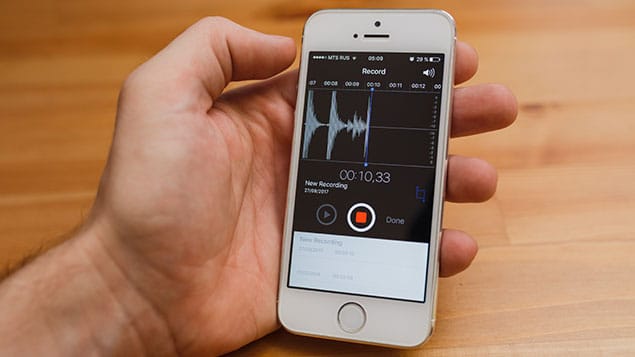It is an increasingly common scenario for family solicitors. A client explains that they have a number of secret recordings of their ex-partner, their children or even a social worker. How does the court deal with this issue?
Are recordings illegal?
Not necessarily. Covert recordings can be admissible as evidence, but the judge’s permission is required, and the issue is often hotly contested by the parties.
Many parties argue that they should be rarely allowed but in Children Act proceedings, they may be admitted as evidence if they help a consideration of a child’s welfare.
The Transparency Project’s report: ‘Parents recording social worker- a guidance note for parents and professionals (December 2015)’ summarises the law as follows:
“CAN A RECORDING MADE BY A PARENT BE RELIED ON IN COURT?
Potentially, yes – but the court would have to give permission. A court is unlikely to give permission unless it is clear that the recording is both relevant and reliable.
A court is more likely to give permission if a recording is of good audio / visual quality and is demonstrably a record of the entire meeting or interview, rather than an edited selection (a parent who wishes to rely on a recording of a meeting or conversation will need to provide a recording of what everyone present has said, not just the words of one person).
If a meeting or interview has been made covertly it may be difficult to demonstrate that the recording is complete and that something said or done is not being taken out of context.
The court is likely to require a transcript to be prepared, but the original digital or analogue recording should be made available to all participants to hear / view.”
Could it backfire?
Yes. Recordings can be viewed in a negative light by the court.
In M v F (covert recording of children) [2016] EWFC 29, a father made recordings by sewing devices into the lining of his child’s clothing to try and find out what was being said in meetings between the child and her social worker.
The judge was damning of this approach, saying “it is almost always likely to be wrong for a recording device to be placed on a child for the purpose of gathering evidence in family proceedings, whether or not the child is aware of its presence.”
The judge found that the child should live with her mother and the father was ordered to meet the mother’s costs.
What will the court consider?
In Re B (A Child) [2017] EWCA Civ 1579, Sir James Munby, President of the Family Division, acknowledged that covert recording was a “pressing issue”.
The court said that “questions may arise as to
- the lawfulness of what has been done;
- best practice outside the court room…;
- the admissibility of the recording in evidence; and
- a variety of other evidential and practice issues (for example, as to how the recording is to be put in evidence, problems in relation to sound and picture quality, and, in particular, disputes as to authenticity – who are the people who can be heard or seen on the recording, has the recording been edited or “cut and spliced”? – which may necessitate calling expert evidence).”
In December 2018, the Family Justice Council debated the issue and recognised that there could be numerous circumstances where a recording could be of value to a court (e.g. exposing malpractice or the inappropriate behaviour of the party being recorded) but in other cases, it may demonstrate attempts to control by the recording party and a lack of awareness on the impact it may have on the welfare of the child.
Each case needs to be carefully considered on its own facts.
Summary
In each case where a recording is being considered as evidence:
- Remember that anyone seeking to rely on a recording must apply to the court for permission to introduce it as evidence
- Consider why the court needs to see/hear the evidence – how does it advance the case/ how might it backfire on the case?
- If the recording is going to be introduced, provide to the court:
- Full details of when, where and how the recording was made
- Full details of the context of how the recording came about
- The entirety of the recording – don’t cherry pick
- An accurate transcript.
Source – Weightmans


